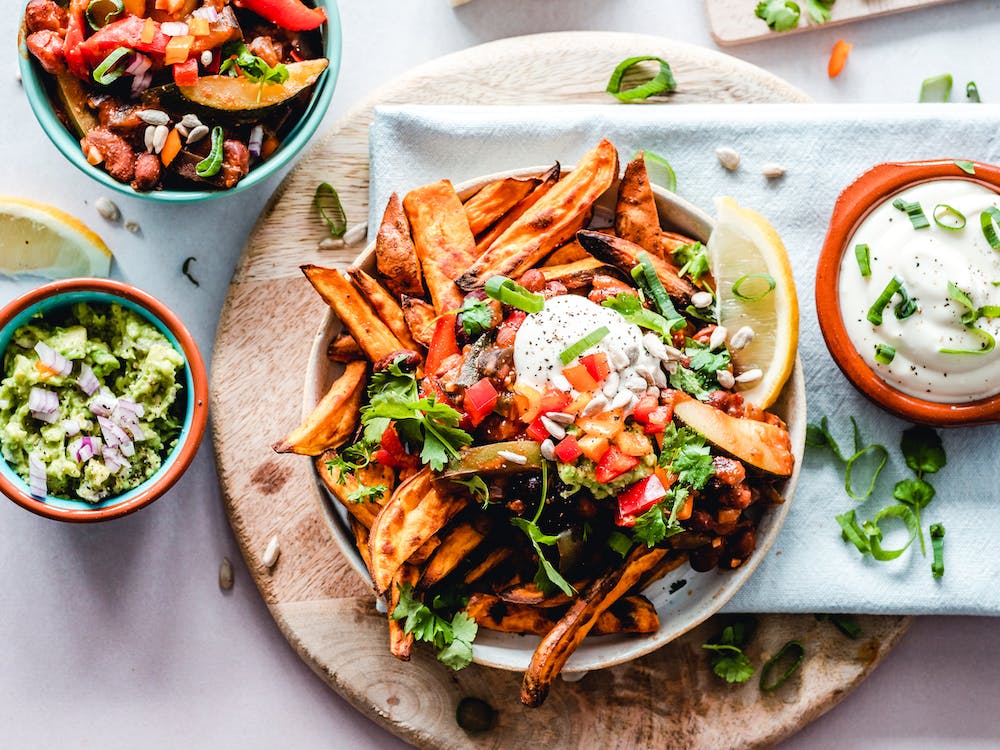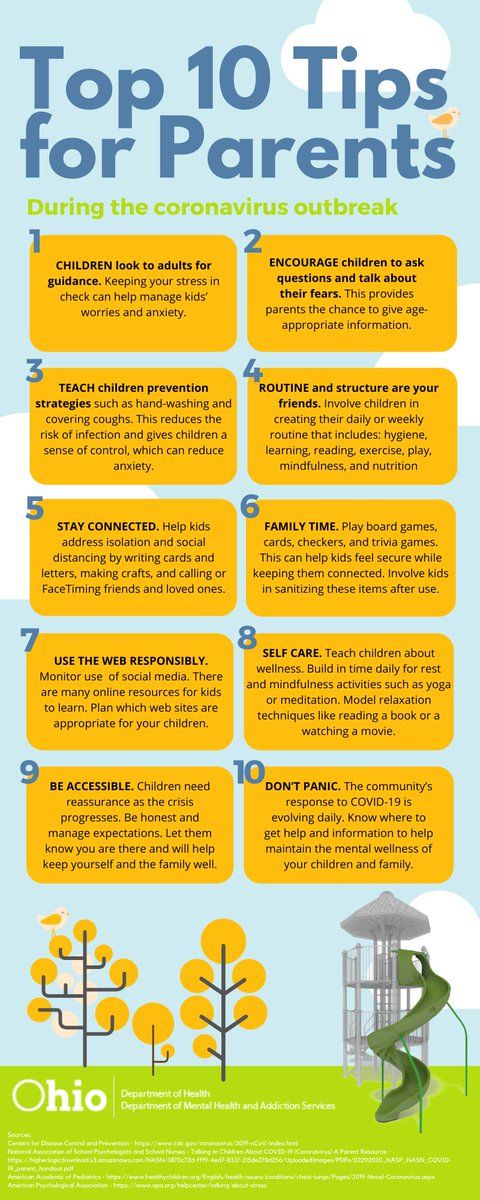
Understanding Food Labels: What to Look For
- 0
When shopping for groceries, it is essential to pay close attention to food labels to make informed decisions about the products you are purchasing. Food labels provide valuable information about the nutritional content of the food, including serving size, calories, fat, sugar, and other key nutrients. By understanding how to read food labels, you can make healthier choices for you and your family.
Key Components of Food Labels
Here are some key components you should look for when reading food labels:
1. Serving Size
The serving size is the amount of food that the nutritional information on the label is based on. It is important to pay attention to serving sizes, as they can vary widely between different products. Be sure to adjust the nutritional information accordingly if you consume more or less than the serving size listed.
2. Calories
Calories tell you how much energy you will get from a serving of the food. If you are trying to manage your weight, paying attention to the calorie content of the food can help you make healthier choices.
3. Nutrients
Look for information on key nutrients like fat, sugar, sodium, and vitamins. Try to choose foods that are low in unhealthy fats, added sugars, and sodium, while being high in essential nutrients like fiber, vitamins, and minerals.
Reading Ingredient Lists
Ingredient lists are another important part of food labels that can give you insight into the quality of the product. Ingredients are listed in order of quantity, with the first ingredient being the most abundant in the product. Look for products with simple, recognizable ingredients and avoid products with a long list of additives and preservatives.
Tips for Making Healthier Choices
Here are some tips to help you make healthier choices when reading food labels:
1. Focus on Whole Foods
Choose foods that are minimally processed and contain whole, natural ingredients. Whole foods are typically higher in essential nutrients and lower in unhealthy additives than processed foods.
2. Limit Added Sugars and Sodium
Avoid products that are high in added sugars and sodium. Excessive consumption of these can lead to health issues like obesity, diabetes, and high blood pressure. Look for products with lower amounts of added sugars and sodium.
3. Pay Attention to Portion Sizes
Be mindful of portion sizes when reading food labels. It is easy to consume more calories and nutrients than you need if you are not aware of serving sizes. Use measuring cups or a food scale to help you gauge portion sizes accurately.
Conclusion
Reading food labels is an important step in making healthier choices for you and your family. By understanding how to interpret food labels, you can make informed decisions about the products you buy and consume. Take the time to read and compare labels to find products that align with your health and wellness goals.

